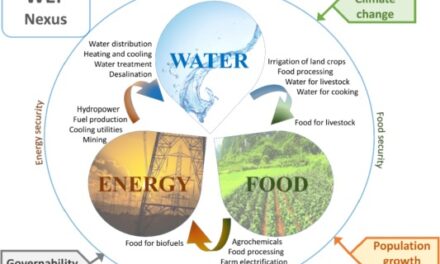
Ongwediva fresh produce hub ready

The Minister of Agriculture, Water and Forestry, Hon John Mutorwa officially opens the Ongwediva Fresh Produce Hub for trading this Friday 29 November 2013.(Photograph by Hilmah Hashange)
The hub,which was officially inaugurated by President Hifikepunye Pohamba in March this year, is officially open for trading this Friday, 29 November 2013 and will serve as a temporary storage facility when producers bring their fresh produce to be sold to customers. According to the Regional Manager of the Ongwediva Fresh Produce Hub, Jacob Hamutenya, it is all systems go once the hub is open for trading.
Hamutenya, who is responsible for overseeing the hub’s day to day activities, is also responsible for making sure that the area surrounding the hub remain conducive for trading in all aspects.
“The hub will be receiving all sorts of fresh produce from all over Namibia, with specific focus on the northern, north-eastern and central regions.
The products can come in any form, either packaged already or unpackaged. The hub is equipped with an integrated sorting, cleaning and packaging platform. All sorts of fruits and vegetables can be treated there,” said Hamutenya.
Fresh produce at the hub will be marketed by the Agro-Marketing Trading Agency (AMTA), a newly established government agency under the Ministry of Agriculture, Water and Forestry.
AMTA serves to promote market access for all local farmers, including small-scale farmers and will provide cold storage, marketing and processing facilities to traders.
It will at the same time market, grade, sort, and value local fresh produce.
The hub currently has over 15 employees who all recently underwent theoretical and practical training on how to operate the hub during implementation and afterwards.
“The hub has a logistic department to facilitate the transportation of the products from the farms or collection centers to the hub or the client.
The hub also has a Quality and Standards division to ensure that products are produced under applicable international standards and also to ensure that they are of desired quality,” Hamutenya said outlining some of the sections at the hub.
The marketing section, which according to Hamutenya, serves as the link between the producers and the hub, is responsible for market surveillance, data collection, market study and analysis.
The section is also responsible for monitoring the production dynamics in the regions to match the production schedules with the market trends by advising the farmers.
Hamutenya said for the hub to keep operating for years to come, farmers should produce fresh produce according to the demand of the market and engage in continous information sharing with all stakeholders. “During the second phase of the hub, agro-processing and value adding facilities will be added, [making sure that] the hub remains a one-stop shop for all related activities.”












































